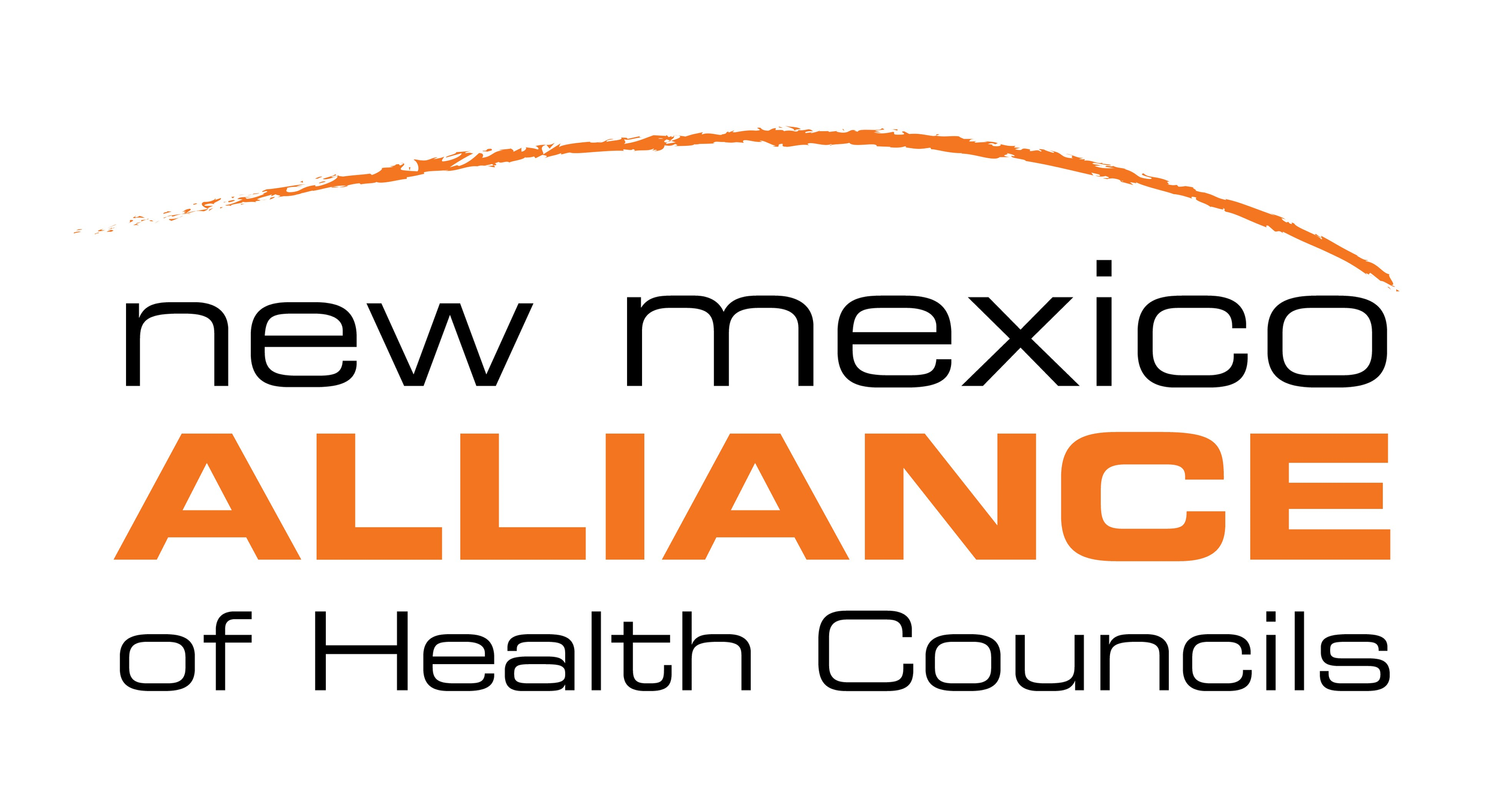Pecos National Forest, San Miguel County and Santa Fe County
Pre-Contact Location: San Miguel County
Pre-Contact Population: 2,000
Societal Structure: Agrarian, Exogamous, Matrilineal clans with ritual patrimoieties and dual kivas
Language: Towa
Click to expand
Also called Cicuye, Pecos Pueblo was once the largest and most populous of the Pueblos on New Mexico. In prehistoric times the Pecos people occupied numerous pueblos with 200 to 300 rooms each as well as many compactly built single-story house groups of from 10 to 50 rooms each. These were scattered along a 40 mile stretch in the valley from the north end of Cañon de Pecos Land Grant to Anton Chico. By the time Coronado arrived in 1640, they were living at Tziquité (Pecos Pueblo) on the upper branch of Pecos River, about 30 miles southeast of Santa Fe.
These were a powerful people with a rich culture, inventive architecture, and beautiful crafts. They possessed an elaborate religious life, evidenced by the remains of over 20 ceremonial subterranean kivas. Some of the kivas have diameters as large as 40 feet and are 10 feet deep.
Because of their location, the Pecos Pueblo became a major trade center, connecting the Pueblos with the Plains cultures. This continued after Spanish arrival. But, as raids by Comanche increased, and their water source being contaminated with European disease, the few remaining people of Pecos had to depart their homeland. They were taken in by their relatives at Jemez Pueblo in the 1830s.
These were a powerful people with a rich culture, inventive architecture, and beautiful crafts. They possessed an elaborate religious life, evidenced by the remains of over 20 ceremonial subterranean kivas. Some of the kivas have diameters as large as 40 feet and are 10 feet deep.
Because of their location, the Pecos Pueblo became a major trade center, connecting the Pueblos with the Plains cultures. This continued after Spanish arrival. But, as raids by Comanche increased, and their water source being contaminated with European disease, the few remaining people of Pecos had to depart their homeland. They were taken in by their relatives at Jemez Pueblo in the 1830s.

Pecos Repatriation
In the early twentieth century, Archeologist Alfred Vincent Kidder desecrated burial sites at Pecos. He excavated and transferred Pecos Pueblo remains and artifacts to Harvard’s Peabody Museum.
The Pecos Repatriation of 1999 is the largest repatriation by any federally recognized Native American tribe in the United States, done under the Native American Graves Protection and Repatriation Act.
Beginning on May 20, 1999, more than 200 Jemez tribal members walked from the plaza of Jemez Pueblo to Pecos Pueblo, retracing the steps the P`ǽ kish had traveled 161 years earlier. Three days and approximately 120 miles later, the people reached Pecos National Historical Park where they were greeted by more than 1,000 Jemez people and peoples of other tribal nations. The entire congregation walked the last mile together, alongside a semi-trailer that held more than 2,000 human remains, over 1,000 funerary objects, and a number of objects of cultural patrimony. Attendees escorted the remains and objects into the Pueblo and onto the gravesite where they were laid to rest. The Pecos descendants gave honor and thanks to their Pecos Ancestors and welcomed them home. This significance of this event was shown with coverage in the New York Times and other national publications.






